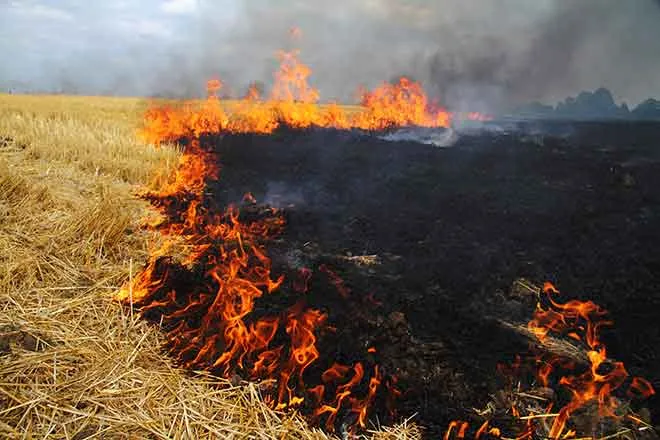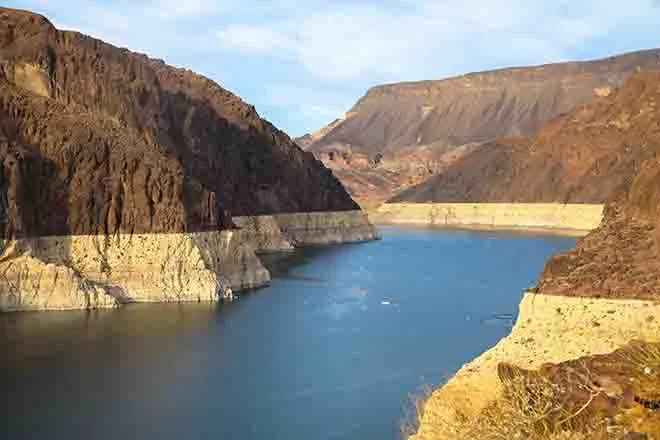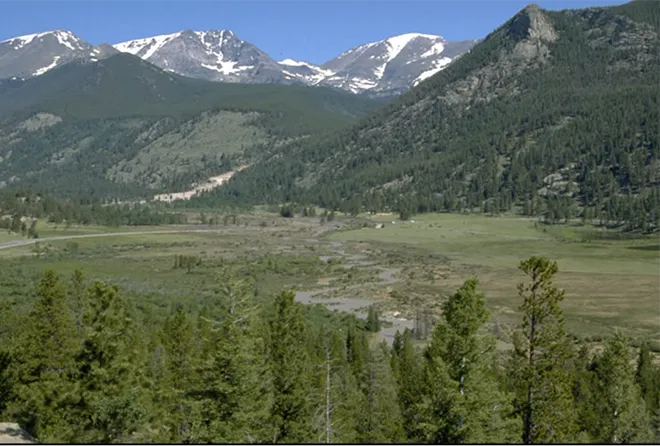
Low flows to affect fishing in Dolores River tail-water
Due to continuing drought conditions, trout fishing in the Dolores River below the McPhee Reservoir dam will be adversely affected this year, said a Colorado Parks and Wildlife aquatic biologist.
Water releases from the dam will probably be under 15 cubic feet per second (cfs) and could possibly drop as low at three cfs, explained Jim White, aquatic biologist for Colorado Parks and Wildlife in Durango. In normal years, the sustained release from the dam is usually about 60 cfs. The section of river, which flows through the Lone Dome State Wildlife area, from below the dam to Bradfield Bridge ─ a distance of about 12 miles ─ is a popular tail-water fishery. Most trout fishing is done within the first six miles.
White said the lower flows will shrink the river habitat and many brown and rainbow trout will likely die. The water coming out of the dam is about 42 degrees, which is an ideal temperature for trout. But with such a low flow the water will warm quickly as it moves downstream.
“This is going to impact the trout fishery,” White said. “I would expect to see about half or more of the trout fishery habitat suffer and lose much of the trout population.”
White suggested that anglers fish early in the day and carry a thermometer to check the water temperature. Fishing should stop when the water hits 70 degrees.
The low flows will also affect native fish that live in the lower reaches of the Dolores River ─ the Flannelmouth Sucker, the Bluehead Sucker and the Roundtail Chub. These fish are listed by CPW as species of concern. The fish are adapted to survive in warm water, but they still need pools and flowing water to survive.
White is concerned about lower sections of the river drying up or being connected by only tiny rivulets of water.
“I’m worried that the natives are going to be stuck in isolated pools throughout most of the year at these flows,” White said.
Exacerbating the problem are Smallmouth Bass, an invasive non-native fish that thrives in the lower Dolores but are predators on the young of the native fish. Anglers are encouraged to fish for Smallmouth Bass; they are abundant, fairly easy to catch, tasty and there are no bag or possession limits.
As drought continues to grip the West, more and more rivers will be facing the same scenario – this year and beyond.
“All of this is a result of three things: low snowpack, dry soil that will absorb run-off and no carry-over water in the reservoir from last year,” White said.

















